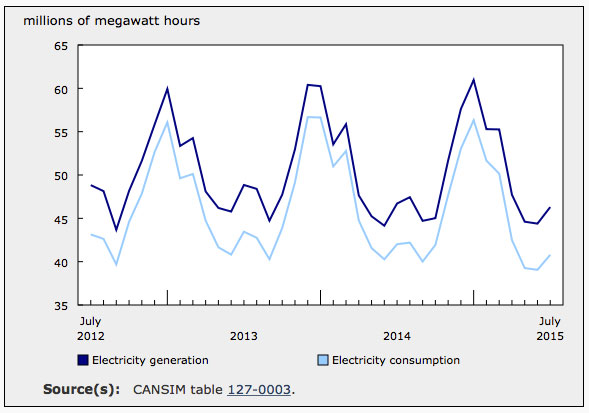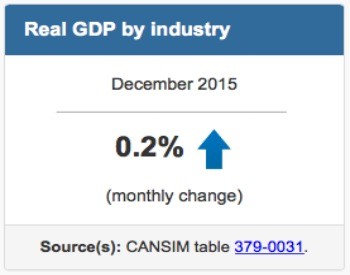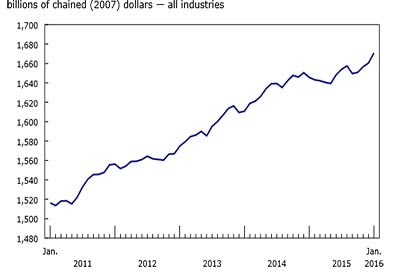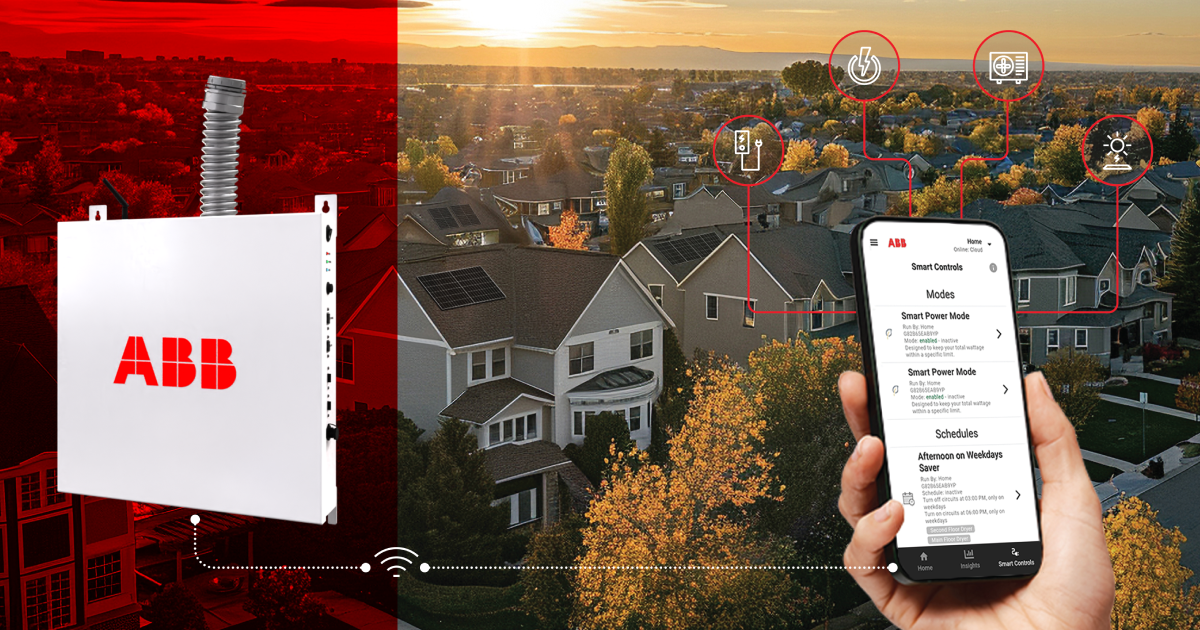Q3 2015 Apartment Building Construction Price Index Declines 0.1%
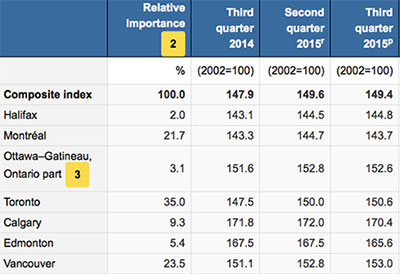
The composite price index for apartment building construction declined 0.1% in the third quarter compared with the previous quarter. This was the first quarterly decrease since the first quarter of 2013. The decline was largely the result of lower material prices reported by contractors in the structural trades.
Of the seven census metropolitan areas surveyed, Edmonton (-1.1%) reported the largest decline, followed by Calgary (-0.9%). The decreases were offset by increases in Toronto (+0.4%), Halifax (+0.2%) and Vancouver (+0.1%).
Table: Apartment building construction price index – not seasonally adjusted[1]
Year over year, the composite price index for apartment building construction rose 1.0%. Toronto (+2.1%) recorded the largest year-over-year increase, while Edmonton (-1.1%) and Calgary (-0.8%) reported the only decreases compared with the third quarter of 2014.
Source: Statistics Canada, www.statcan.gc.ca/daily-quotidien/151110/dq151110d-eng.htm?cmp=mstatcan.
Notes
1. View the census subdivisions that comprise the census metropolitan areas (CMAs) here: http://www.statcan.gc.ca/eng/subjects/standard/daily/5000073
2. The relative importance is calculated using a price adjusted three-year average of the value of building permits for each CMA.
3. For the Ottawa–Gatineau metropolitan area, only Ontario contractors are surveyed for the Apartment Building Construction Price Index because of different provincial legislation and construction union contracts.




